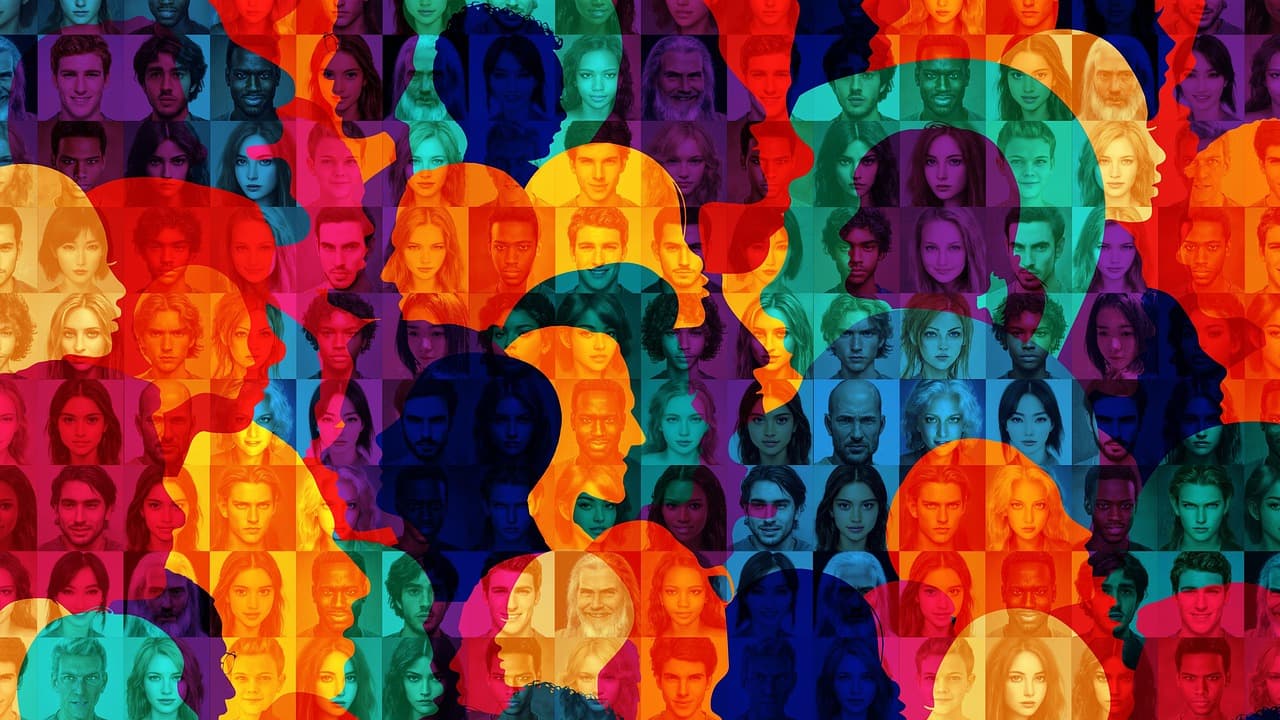The Indian government has approved a caste census in the upcoming national population count, marking a historic shift. This move aims to address social inequalities and inform policies on affirmative action and welfare amid growing political demand.
New Delhi: In a historic shift, the Indian government has given the green light to conduct a caste census alongside the upcoming nationwide population count. This marks the return of caste enumeration at the national level after nearly a century, with the last full exercise conducted from 1881 to 1931 under British rule.

However, after India gained independence, the government decided to discontinue this practice in the 1951 census, limiting caste-based data collection only to Scheduled Castes (SCs) and Scheduled Tribes (STs).
By 1961, the central government gave states the option to conduct their own surveys to identify and compile lists of Other Backward Classes (OBCs) based on regional needs and criteria. Despite this, there was no nationwide caste census conducted after independence.
The last significant effort to gather caste-related data at the national level occurred in 2011 through the Socio-Economic and Caste Census (SECC). This initiative aimed to collect information not only about caste but also about the socio-economic conditions of households.
Now, over six decades later, rising political and social demand has led the government to approve the inclusion of caste enumeration in the upcoming national census. This marks a significant policy shift aimed at better understanding the country’s social structure.
What is a caste census and why does it matter?
A caste census refers to the systematic documentation of individuals' caste identities as part of the national population census. In a country like India, where caste plays a significant role in shaping social, economic, and political dynamics, such data is considered crucial for understanding the demographic distribution and socio-economic status of various caste groups.
The data collected through a caste census can be instrumental in formulating and refining policies related to affirmative action, social justice, and welfare schemes. It can help ensure that the benefits of government programmes reach the most disadvantaged and under-represented sections of society.
While many see the caste census as a vital tool to uplift marginalised communities and ensure equitable policy-making, others believe it could deepen existing caste divisions and social fragmentation.
A Look Back: Historical Context
British India (1881–1931): The colonial administration regularly included caste in decadal census exercises. These efforts aimed to classify the population based on caste, religion, and occupation.
Post-Independence (1951): After independence, the Indian government, under the leadership of Prime Minister Jawaharlal Nehru, chose to discontinue caste enumeration in the census (except for Scheduled Castes and Scheduled Tribes) in an effort to reduce caste-based divisions in society.
1961 Directive: While a national caste census was no longer conducted, the central government allowed individual states to carry out their own OBC surveys and compile state-specific backward class lists.
More than 70 years later, with increasing calls for caste-based data to address social inequalities, the central government has now approved caste enumeration in the upcoming census, a move that could have far-reaching implications for governance and policymaking in India.
How did it become a political issue?
The caste census has long been a point of political contention in India. The Mandal Commission in 1980 recommended 27% reservation for Other Backward Classes (OBCs), bringing caste-based data into the national spotlight. However, the lack of updated and comprehensive caste data made the implementation of these recommendations difficult and sparked intense debate.
In 2011, the Socio-Economic and Caste Census (SECC) conducted during the UPA government aimed to collect caste data along with economic indicators. However, the data was never fully released or utilised, drawing criticism from several quarters.
More recently, several states, including Bihar, Telangana, and Karnataka, have carried out their own caste surveys to inform welfare policies and reservation quotas. Notably, Bihar’s 2023 caste survey revealed that OBCs and Extremely Backward Classes together account for more than 63% of the state's population. These developments have renewed the call for a nationwide caste census, making it a significant political issue once again.
Caste census: The road ahead
The decision to include caste enumeration in the national census marks a significant shift after more than seven decades of reluctance. However, clarity is still awaited on the methodology and how the data will be collected, categorised, and utilised. This move is likely to have a major impact on governance, electoral dynamics, and the ongoing fight against social and economic inequality. As of now, the government has not announced a specific timeline for conducting the caste census.


